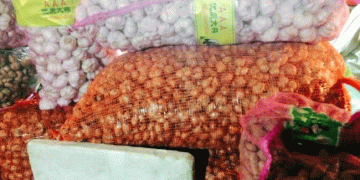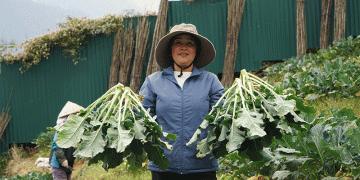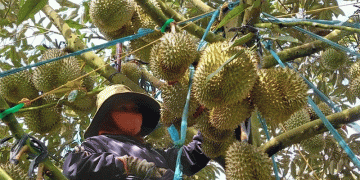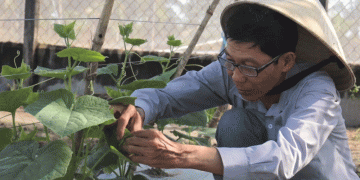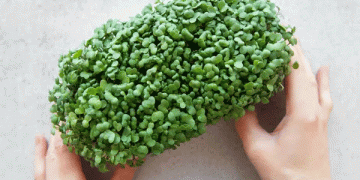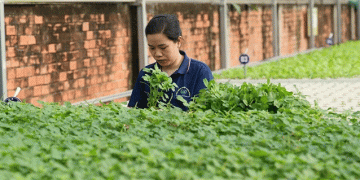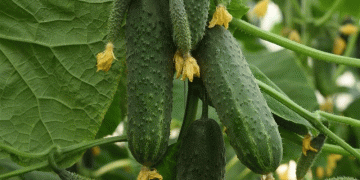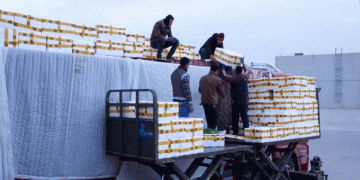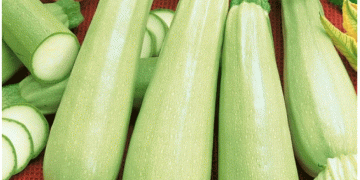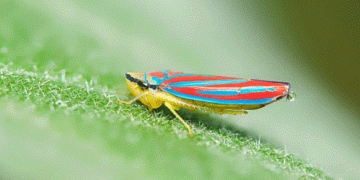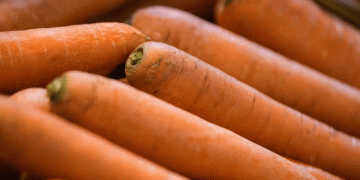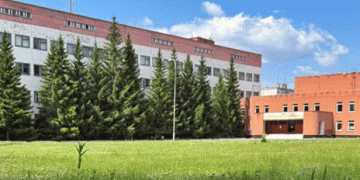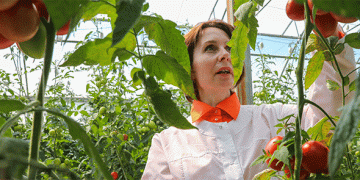Vietnam’s garlic markets are experiencing a dramatic transformation as Chinese imports dominate sales channels, offering prices approximately 30% lower than domestic alternatives. This influx represents both an economic opportunity for consumers and a significant challenge for local producers, while raising important questions about food safety, agricultural sustainability, and market dynamics in global food systems.
Market Penetration and Pricing Dynamics
Chinese garlic has achieved remarkable market penetration in Vietnam, despite the country’s own established garlic-growing regions in Hai Duong, Ly Son, and Da Lat. The imported product sells for just 6,000-8,000 VND per kilogram (approximately $0.25-$0.35 USD) at wholesale markets, compared to 30,000-40,000 VND ($1.25-$1.65 USD) for Vietnamese garlic in retail markets. This price differential of 300-400% creates enormous competitive pressure on domestic producers.
The distribution network is sophisticated and extensive, with major wholesale markets including:
- Tho Tang Market (Vinh Tuong, Vinh Phuc)
- Hoa Dinh Market (Bac Ninh City)
- Long Bien Market (Hanoi)
These markets receive hundreds of tons of Chinese garlic nightly, with distribution networks extending throughout the country. The garlic is often repackaged and sold as Vietnamese product, further complicating market transparency.
Quality and Safety Considerations
Despite the attractive pricing, concerns about Chinese garlic quality and safety persist. Testing by Vietnam’s Ministry of Agriculture and Rural Development in 2015 detected pesticide levels exceeding safety thresholds in two samples, specifically noting dithiocarbamate active ingredients. Although 2016 testing showed no violations, ongoing concerns remain regarding agricultural practices.
International investigations have raised additional concerns:
- Australian Garlic Industry Association warnings about chemical treatments to prevent sprouting
- Reports of bleaching and insect protection treatments
- Investigations revealing use of banned pesticides like phorate and parathion
- Concerns about toxic chemical residues affecting consumer health
These findings are particularly relevant given that China supplies approximately 80% of the world’s garlic, according to UN Comtrade data.
Global Context and Production Economics
China’s dominance in global garlic production is no accident. The country has invested heavily in agricultural technology and scale, achieving production efficiencies that many countries cannot match:
- Scale advantages: Chinese garlic farms average 50-100 hectares compared to 1-2 hectares for Vietnamese producers
- Government support: Significant subsidies for agricultural exports and infrastructure
- Processing technology: Advanced storage and processing facilities reducing post-harvest losses
- Labor costs: Lower production costs due to scale and efficiency
The U.S. Department of Agriculture reports that Chinese garlic production costs are 40-50% lower than most competing countries, creating inherent price advantages in international markets.
Impact on Vietnamese Agriculture
The influx of cheap Chinese garlic has created significant challenges for Vietnamese farmers:
- Price suppression: Domestic prices forced down by import competition
- Market share loss: Estimated 60-70% market share captured by imports
- Reduced profitability: Farmer incomes declining despite quality advantages
- Production decreases: Some regions reporting 20-30% reduction in garlic cultivation area
The Asian Development Bank estimates that such import surges can reduce agricultural GDP by 2-3% in affected sectors, with particularly severe impacts on small-scale farmers.
Consumer Behavior and Market Response
Despite awareness of origin and potential concerns, consumers continue purchasing Chinese garlic due to:
- Price sensitivity: Significant cost savings for household budgets
- Visual appeal: Larger, whiter cloves with uniform appearance
- Convenience: Easy peeling and longer shelf life
- Availability: Consistent supply throughout the year
Restaurants, food service establishments, and hotels particularly favor Chinese garlic for its consistency and handling properties, creating a stable commercial market regardless of consumer preferences.
Strategic Responses and Future Directions
Vietnam and other countries facing similar challenges have several potential response strategies:
- Quality differentiation: Emphasizing food safety and quality of domestic products
- Geographical indications: Protecting regional specialties with certification systems
- Import management: Implementing smarter tariff structures and quality controls
- Productivity improvement: Investing in domestic production efficiency
- Consumer education: Raising awareness about origin and quality differences
The situation with Chinese garlic in Vietnamese markets illustrates the complex challenges and opportunities presented by global agricultural trade. While consumers benefit from lower prices and consistent supply, domestic producers face significant competitive pressures that threaten livelihoods and agricultural diversity.
This case study highlights the need for balanced approaches that consider consumer interests, producer viability, and food safety concerns. Simply blocking imports may raise prices for consumers, while completely open markets may devastate domestic production capacity.
The optimal path forward likely involves strategic investments in domestic agriculture, smart regulatory frameworks that ensure food safety without creating unnecessary barriers, and consumer education that enables informed choices. By developing more sophisticated approaches to agricultural trade and domestic production, countries can harness the benefits of global markets while protecting important domestic interests and ensuring food security.
The garlic situation in Vietnam offers valuable lessons for agricultural producers, policymakers, and stakeholders worldwide as global food systems become increasingly interconnected. How Vietnam responds to this challenge may provide a model for other developing countries facing similar pressures from large-scale agricultural exporters.
